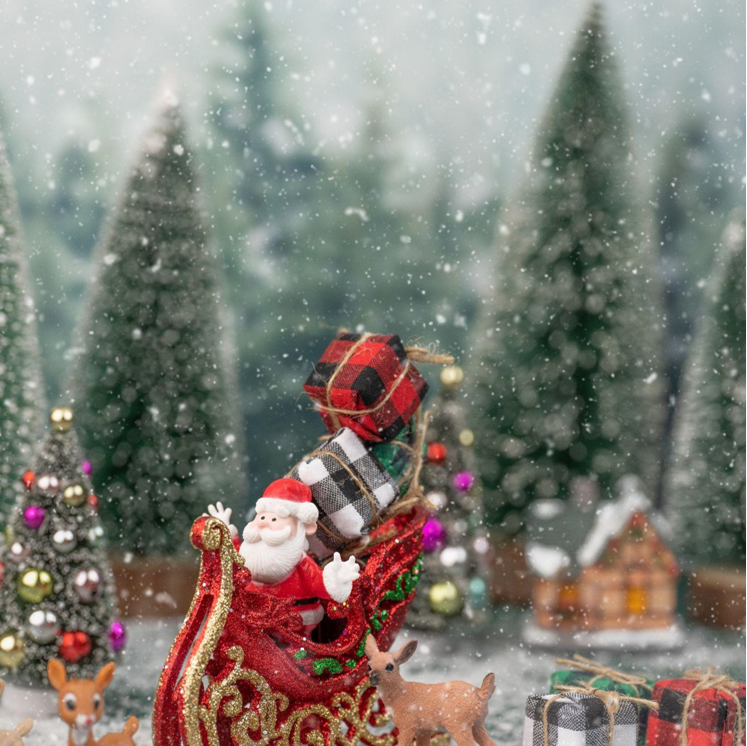The Magic of Christmas Carols: Unleashing the Festive Cheer
The holiday season is upon us, and with it comes the joyous melodies of Christmas carols that fill the air with festive cheer and excitement. These beloved songs have been integral to holiday celebrations for centuries, transcending generations and cultural boundaries. But do you know the story behind these joyous tunes and their significance in the holiday festivities?
This article will explore the rich history and meaning of Christmas carols and their impact on the holiday season. We’ll delve into their evolution from medieval Europe to modern-day America, from the earliest religious hymns to the latest pop renditions.
History of Christmas Carols
The origins of Christmas carols can be traced back to the medieval period in Europe, where groups of singers would go from door to door, singing songs in exchange for food and drink. These wandering minstrels were known as “waits.” They would perform songs and plays on the streets and in public during Christmas. These songs were often religious hymns or festive tunes that celebrated the birth of Jesus Christ.
Over time, Christmas carols spread throughout Europe, and new songs were added to the repertoire. By the 19th century, many melodies had become standard in England, and new ones were written yearly. The popularity of these songs reached the United States in the early 20th century, where they have since become an integral part of the American Christmas tradition.
Meaning of Christmas Carols
Christmas carols hold a significant meaning for the holiday season. They evoke a sense of unity, hope, and joy. Each hymn has its unique story, reflecting the cultural and historical context in which it was written. For instance, “Away in a Manger,” one of the most beloved carols, was written in the late 19th century, and it tells the story of Jesus’ birth in a humble manger, emphasizing the importance of humility and simplicity.
Similarly, “Silent Night” is a classic melody translated into over 300 languages worldwide. The song tells the story of the night of Jesus’ birth when the world was at peace. The song’s message of peace, love, and hope is universal and timeless, appealing to people of all ages and cultures.
Types of Christmas Carols
Christmas carols come in various forms, from traditional hymns to modern pop renditions. They offer something for everyone, with new and old, slow and fast, and joyful and contemplative.
Traditional Christmas carols are the oldest and most beloved. Examples of classic hymns include “O Come, O Come Emmanuel,” “The First Noel,” and “Hark! The Herald Angels Sing.” These songs feature religious themes and traditional melodies that have stood the test of time.
On the other hand, modern Christmas carols are upbeat and catchy, often featuring contemporary themes and arrangements. Examples of modern melodies include “All I Want for Christmas Is You” by Mariah Carey, “Last Christmas” by Wham!, and “Santa Claus Is Coming to Town” by Bruce Springsteen. These songs are popular with younger audiences and are enjoyed by people of all ages.
Conclusion
The holiday season is incomplete without the magic of Christmas carols. From ancient religious hymns to contemporary pop hits, these songs have a rich history and meaning that transcends generations and cultures. They bring people together, evoke a sense of unity and joy, and spread festive cheer. So, this holiday season, embrace the warmth and magic of these songs, sing along, dance, and create unforgettable memories with your loved ones. Join us in unleashing the festive cheer and experiencing the enchantment of Christmas carols like never before!



